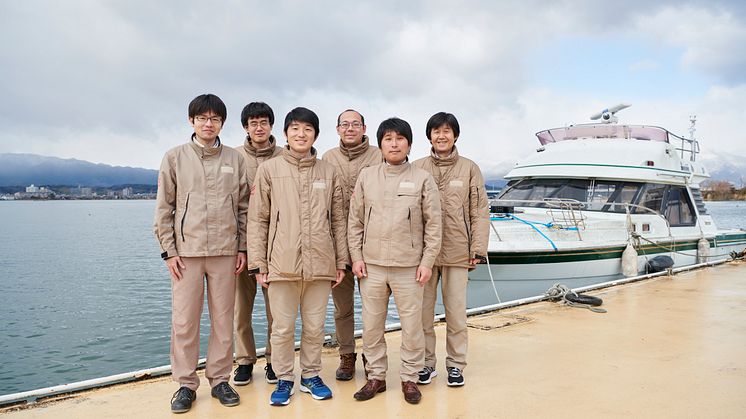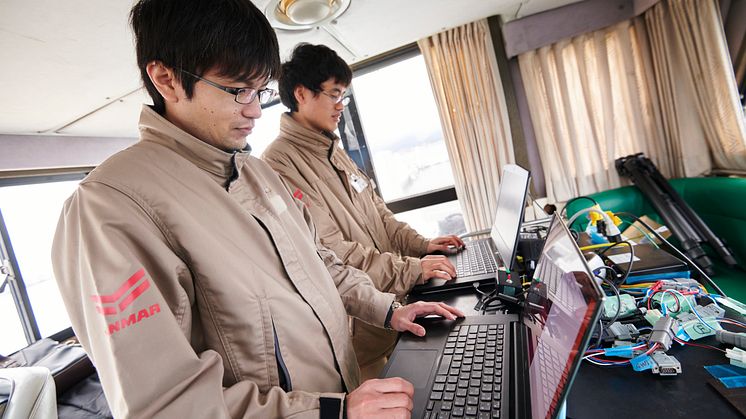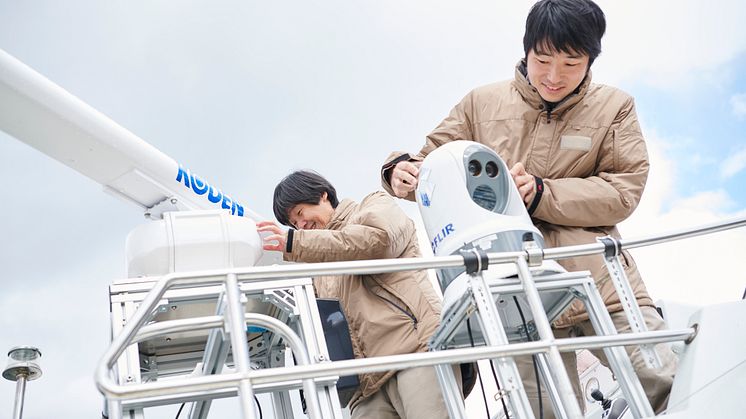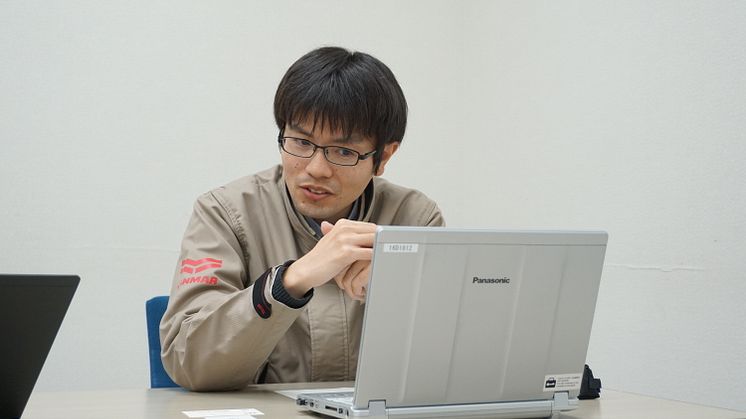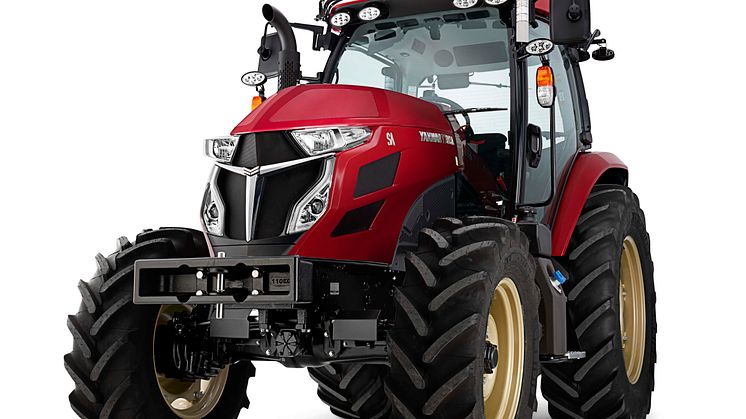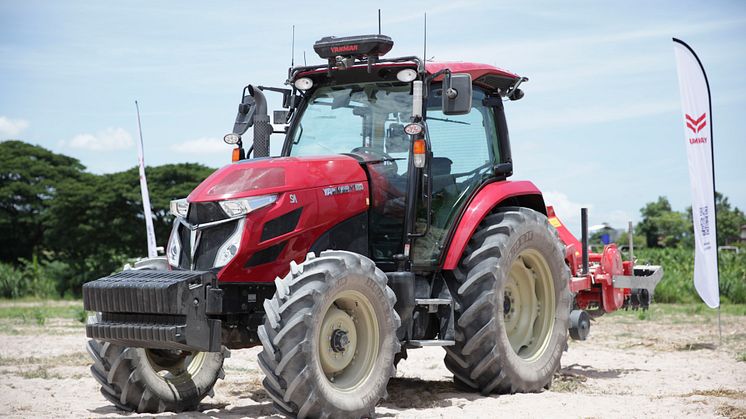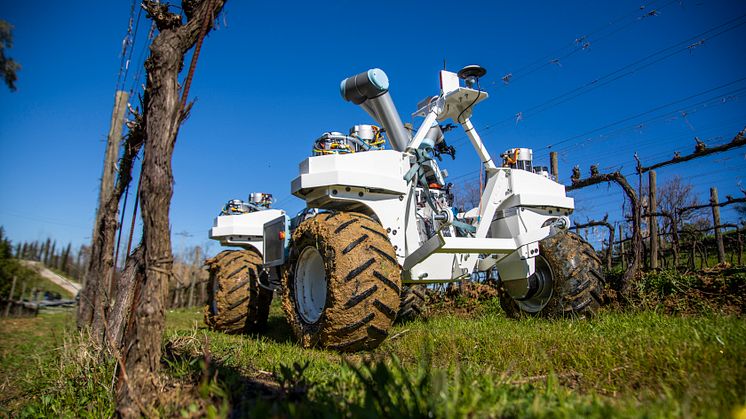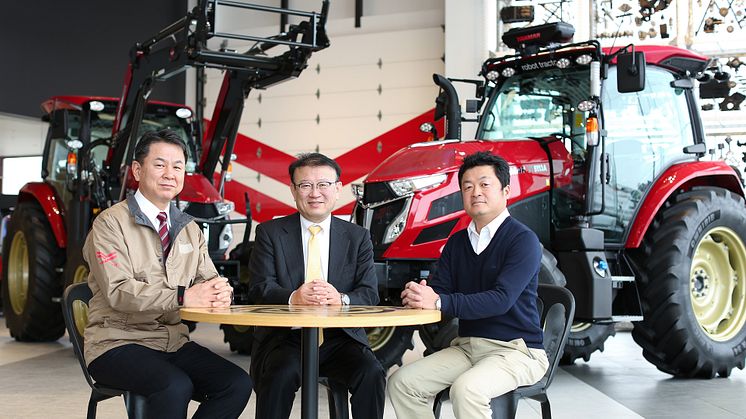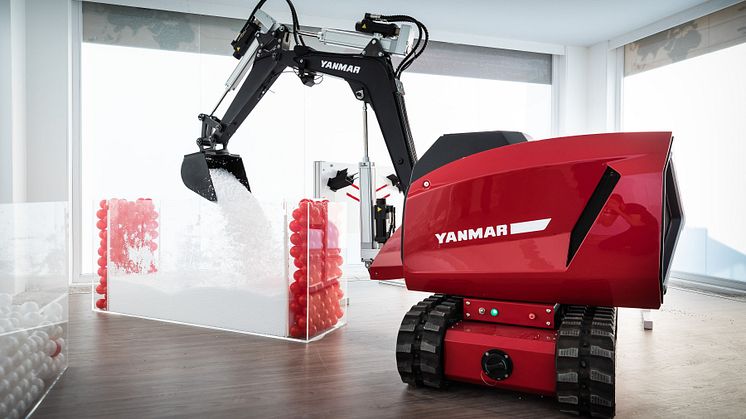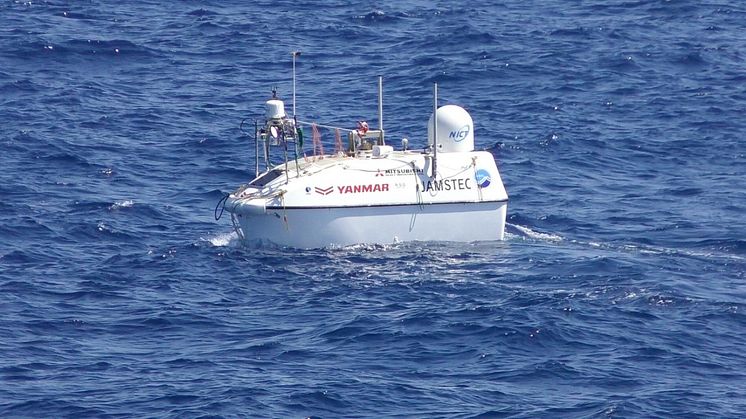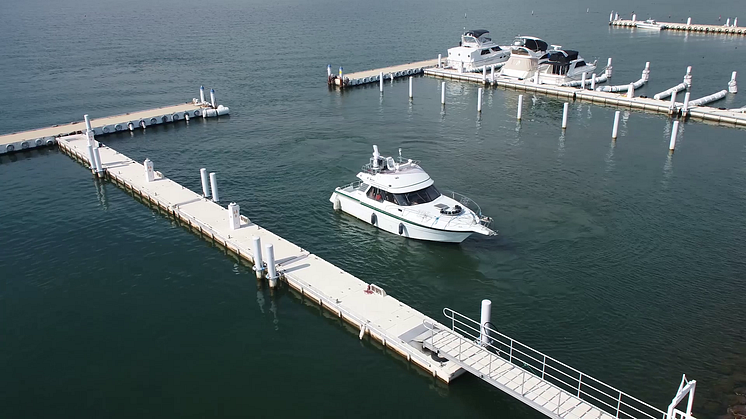
News -
Yanmar Develops Autonomous Technologies for Maritime Work
As autonomous vehicles become a more and more common feature of our roads and farms, maritime robotics technologies are also progressing rapidly. Starting in 2017 with the Robotic Boat, an unmanned maritime vessel, Yanmar has been working on the deployment of auto-navigation and automatic docking systems. As labor shortages in the fisheries start to become a serious concern for the industry, Yanmar’s maritime robotics technology aims to help realize a society where people work and live with peace of mind.
Maritime Robotics Technology to meet labor shortages and safety challenges
As the world’s population increases, the maritime aquaculture industry has boomed. At the same time, the number of workers in the fisheries industry in Japan has been in decline and labor shortages are a serious problem.On top of this, there has always been a concern for safety with maritime work as workers are at the mercy of the elements.
Against this background, maritime robotics technology has made great advances in recent years. With international manufacturers launching auto-docking and auto-navigation technologies in competition for ever greater precision, robotics has become an established part of the maritime industry.
Docking is the most challenging skill in maritime robotics technology and Yanmar has been working on its implementation since 2017, with a first version of the vessel completed in 2018.
“The most important factor with auto-docking is improving its level of precision in positioning the boat itself,” explains Yuichiro Dake, in charge of development. “However, the GNSS* system we used for marine navigation was only accurate up to several meters. With the preliminary system, Real Time Kinematic (RKT) was set up port side to send correction signals for accurate positioning.We were able to limit precision errors to within several tens of centimeters,” Application of technology used for Yanmar’s robot tractors proved invaluable in greatly improving the precision of the system.

Yuichiro Dake of the Research & Development Center, Yanmar Holdings, has been involved in maritime robotics technology since the development of the unmanned deep-sea exploration vehicle, Robotic Boat in 2017.
There were other issues in the ship’s control. A major difference between a tractor and a boat is its condition when it is not in motion. A tractor will not move from its position once parked. However, a boat will be likely to drift off to its side even when anchored. The challenge in controlling the ship was in how to dynamically correct its position.
For autonomous operation, Yanmar used a twin-propeller, twin-rudder ship.This configuration allowed control of each propeller, for greater maneuverability compared to a single-propeller, single-rudder ship. The addition of a thruster, a device to enable sideways movement, meant that the ship could move in all directions.Yanmar proceeded with the project by concentrating on this type of boat first and succeeded in developing a product within a short time frame.

Docking time cut from four to two and a half minutes
Auto-docking technology was presented at the Japan International Boat Show in March 2019, attracting wide-spread attention.However, despite a strong response from the industry, there were challenges which needed to be overcome before this technology could become commercially viable.
One of the challenges was the speed of the auto-docking process.
“The preliminary model for auto-docking was too slow,” explains Naohito Hara, who has long-time experience overseeing the development of navigation systems and control. “A maximum speed in the range of 0.5 to 1.0m/s, meant that while it was safe, the ship ran the risk of becoming an obstacle to other vessels in the harbor.We decided to apply an autopilot system that was widely used in the marine industry for automatic steering control so that the two control systems could be used together until docking”,
Through this technology, the time from entering the port to docking was slashed from four minutes to two and a half minutes.

Naohito Hara, involved in auto-navigation system and control technology at the Research & Development Center, Yanmar Holdings, since joining the company in 2008.
The development team has also been working on improving the safety and flexibility of the auto-docking system. Auto-docking using RTK, as seen in the preliminary model, did not allow docking unless there was equipment set up inside the port. There was also the danger of the vessel making movement decisions based only on the sensors it used to determine its own position.
To solve this, 3D-LIDAR was installed to allow the vessel to detect its environment.In cooperation with the GNSS, the vessel could build a picture of its location in the environment and a system was created to allow the vessel to correct its own position accordingly. Because of its ability to navigate while sensing obstacles, safe sailing was possible along with auto-docking at a desired location, free from the constraints of RTKø. For auto-navigation offshore, a safe and accurate navigation map could be built up through the combination of 3D-LIDAR and marine radar. The vessel could now easily determine the location of buoys, which had previously been considered a difficult problem.

Complete automation of the navigation route
Another area of great improvement was creating the navigation route.
“When we considered safety, we needed a system with even lower risk of collision.We started looking for ideas from outside the field of marine vessels, such as robots used indoors.We adapted this to meet requirements for auto-navigation and auto-docking systems,” explains Tomoya Fukukawa, in charge of development for this system.

Tomoya Fukukawa, in charge of research and development of automatic docking technology for marine vessels at the Research & Development Center of Yanmar Holdings, has participated in the Robotic Boat project since 2016.
The initial navigation system required the entry of several waypoints between the departure and arrival points, in order to determine the navigation route to the destination.This has been greatly improved so that by detecting its environment, the navigation route can now be automatically created.Other navigation systems in common use can have the downside of getting too close to an obstacle.Yanmar’s implementation of the auto-navigation system automatically creates a safe navigation route from the departure and arrival points entered by the operator.

Yanmar leading the field of maritime robotics
All members of the development team agree, Yanmar’s auto-navigation and auto-docking system is currently a step ahead of others in the marine industry.However, there are still areas of improvement to be considered and further development continues to tackle navigation speed and safety during bad weather.The ultimate goal is a completely unmanned vessel with technology which transcends human capabilities and able to operate as an alternative to difficult and dangerous offshore maritime work. Marine technology of the future aims to create a society where people can work and live with peace of mind through maximum work efficiency with minimum manpower.
Plans for commercialization are underway.


